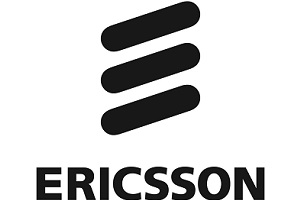Ericsson, Japanese operator KDDI, and consumer electronics provider Sony have carried out a proof-of-concept (POC) showing end-to-end network across two simultaneous slices for the same user equipment and the same end-user service. Achieved in a 5G Standalone (5G SA) architecture, the milestone paves the way for optimised use of network resources for many use cases such as mobile gaming.
In this PoC, Ericsson’s 5G Core equipment and Sony’s 5G SA mobile devices applied User Equipment Route Selection Policies (URSP) standards and Priority Scheduling to enable a gaming app to use two different network slices one for video and one for mobile operation signals. This showed that dedicated network slices can be used for different processes on a mobile device by changing the terminal’s route selection policies in response to a request from 5G core equipment.
Chris Houghton, senior vice president and head of market area northeast Asia, Ericsson, says, “This significant achievement with KDDI, an important customer of ours, and Sony, a key partner, paves the way for all sorts of applications in network slicing. We will continue to support our customers and partners in Japan to monetise their networks by delivering new value and services for end users.”
The PoC showed that in a highly loaded mobile network, Radio Access Network (RAN) Slicing functions such as Quality of Service and Radio Resource Partitioning (RRP) can provide the required service isolation and differentiated priorities to protect the mobile broadband user performance. In addition, end-to-end network slices were deployed by the Service Orchestration, with the profiles for the RAN and 5G core and cell-level radio resources partitioned using RRP
Mr. Toshikazu Yokai, managing executive officer, general manager of mobile network technical development division, KDDI, states. “KDDI is constantly working on technology validation with the aim to create new use cases and services utilising 5G standalone. KDDI will continue to develop and verify technologies to create new value.”
Multiple network slices on single commercial smartphone devices will only be supported in 5G SA architecture. The latest Ericsson Mobility Report shows a clear growth trend in the hardware ecosystem for devices that support 5G SA over half of all announced 5G devices globally now 5G SA compatible. With this technology quickly becoming widespread among both consumers and enterprises, end-to-end network slicing will enable operators to maximize the capabilities of 5G SA and drive business model innovation and new use cases in various industry segments.
* “Sony” and the product names, service names and logo marks in this press release are registered trademarks or trademarks of Sony Group Corporation or its affiliates.
Comment on this article below or via Twitter: @VanillaPlus OR @jcvplus






